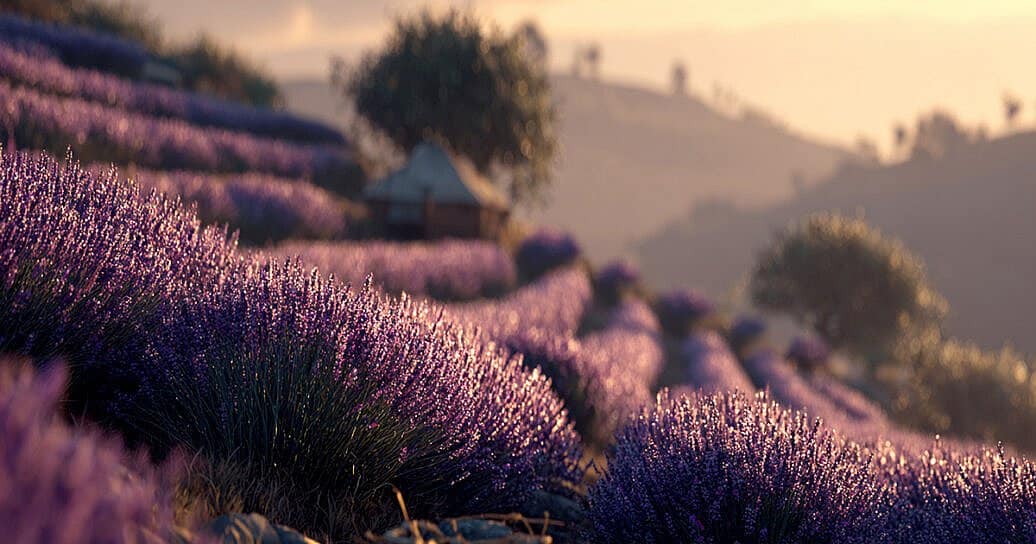You hear “lavender” and your mind probably goes to France. Provence, to be exact. Rolling purple hills, tourist brochures, high-end soaps. But for those of us raised in Greek households or just close enough to smell what was cooking, lavender isn’t something exotic. It’s something old. Something remembered.
Long before it was bottled by French perfumers, lavender was growing wild across the Mediterranean, including the Greek islands. The ancient Greeks weren’t just cultivating it; they were treating it like treasure. Not for the beauty of the flowers, but for what they could do. They burned it to ward off bad spirits. They steeped it in oil for sore muscles. They crushed it to calm the nerves. It wasn’t a lifestyle accessory. It was medicine.
The ancient names were nardus and stoichas. What we now call Λεβάντα, Levánda, is a modern Greek word, borrowed through Latin. But the plant was there, and the Greeks knew what it could do. Theophrastus wrote about its properties in On Odours, laying the groundwork for what we’d now call aromatherapy. Dioscorides, the physician, recommended it for stomach troubles, headaches, and chest pain. Hippocrates, always thinking in systems, said it could warm the brain and lift a tired spirit. But the part that sticks with me is how they applied it. Diogenes would rub it on his feet, saying the scent would rise through the body instead of drifting off the scalp. Anacreon preferred the chest. “Close to the heart,” he said. There was thought behind it. Intuition, too.
And that intuition wasn’t just poetic. Levánda helped people sleep. Helped with pain. Helped settle the stomach. It flavored wine, scented homes, and found its way into both temples and kitchens. For the rich, it was a luxury. For the poor, a small comfort. It was one of those rare things that crossed class, region, and time.
You’d think something like that would never disappear, but over the centuries, other crops took the spotlight. Imports, trends, new trade routes. Lavender didn’t vanish, exactly; it just faded into the background.
But in northern Greece, it’s found its voice again.
In Kozani, lavender fields stretch across the land. Rows of purple, planted not by foreign investors but by families. Small farms growing Lavandula angustifolia, distilling their own oils, harvesting by hand. There’s no gimmick to it. It’s just Levánda, grown the way it always was.

The lavender hills of northern Greece, where tradition still runs in rows.
Go in early summer, and you’ll see it in full bloom. Not packaged. Not processed. Just thick air and color. It’s become a magnet for photographers, sure, but if you walk through those rows with your eyes closed, the experience isn’t about Instagram. It’s about memory. The kind that sits just under the skin.
And what’s wild is how little has changed. Levánda is still helping people sleep. Still easing pain. Still calming the mind. Science now echoes what the ancients knew by experience. The benefits are measurable. But for Greeks, it’s not about the data. It’s about continuity.
That’s what’s so powerful about this story. Not that Greece is growing lavender again, but that we never really stopped. We just let the rest of the world catch up.
So next time you open a drawer and get a faint whiff of something floral, or see a cousin rubbing a little oil on their temples, remember this: lavender isn’t some imported miracle. It’s been ours. Since the beginning. It still is.
Λεβάντα.



